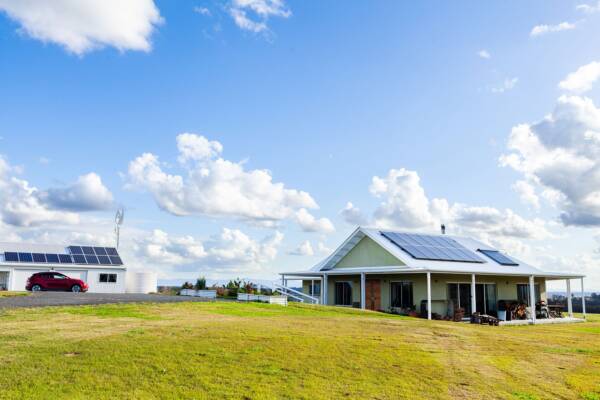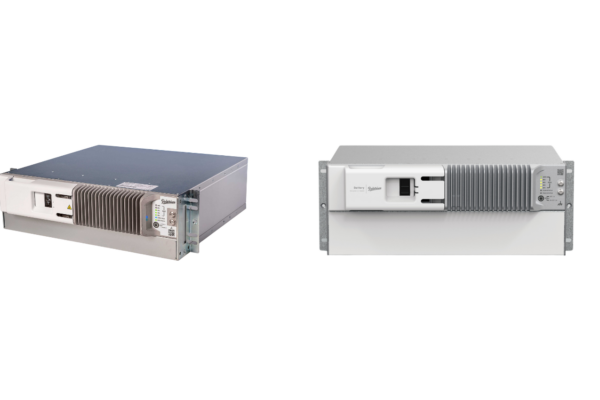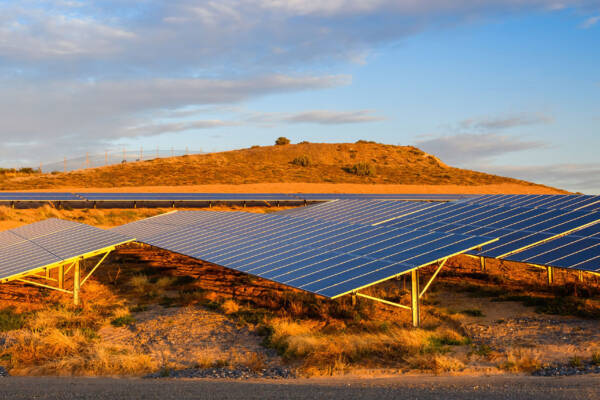Industry slams “antiquated, brutal” rooftop solar switch off plan for Sunshine State
A new rule that will require large numbers of Queensland rooftop solar systems to be fitted with “mid-20th Century” technology has been slammed by industry and peak bodies as outdated, reckless and likely to impose “significant extra costs” on consumers and installers.
Energy Queensland has revealed that from February 6, 2023, new and replacement rooftop solar and battery storage systems of 10kW and over will be fitted with a generation signaling device that will allow the state’s network operators to switch these PV systems off, remotely, if needed.
The generation signaling device, also referred to as “ripple control,” is Energy Queensland’s answer to the increasingly pressing problem of large amounts of daytime solar exports sending operational demand so low as to threaten system security.
It’s a problem that requires a relatively urgent fix, particularly in the context of historically glacial energy market reform. And particularly for the Sunshine State, where just over a month ago, operational demand hit a new record low as solar contributed 42 per cent of total energy demand across the National Electricity Market.
In South Australia, where rooftop solar surges towards brief moments of supplying the equivalent of 100 per cent of state demand, solar switch-off rules and enabling technologies have been in place in the state for two years, alongside solar export limits.
Western Australia followed suit a year later, in November 2021, to become the second state to allow the network operator to order residential rooftop solar systems to be switched off remotely as an emergency measure to keep the grid stable.
But while South Australia and Western Australia have sought to solve the problem by making solar systems smarter and more visible to networks and the market operator via software solutions and the latest inverter technologies, Queensland – the country’s most coal dependent state – has opted to use comparatively ancient hardware.
As Energy Queensland itself says, the basic on-off device it plans to make mandatory for all new or upgraded solar systems over 10kW, has been used to manage system security on the state’s grid “for almost 70 years” – mostly to control load, such as hot water systems.
And in the context of what is a distinctly modern problem – what to do with all that ultra-cheap solar in the middle of the day – it is an approach that virtually no one in the renewable energy or solar and battery storage sector supports.
In a submission to Energy Queensland made during a notably brief consultation period, the Clean Energy Council says that while it understands the need for an emergency backstop mechanism, it “[does] not support the way Queensland proposes to implement” it.
“Energy Queensland is proposing a blunt approach of simply switching off solar PV arrays and battery storage,” the CEC submission says.
“Interoperability is the way of the future. Ripple control is a mid-20th century technology,” it says, pointing to the more modern cloud-based approaches already being used in South and Western Australia.
“The remote disconnect reconnect functionality has already been built by the industry for use in SA and WA. Queensland could simply be added to the platform,” the CEC submissions says.
Other key concerns flagged by the CEC and other submissions include the availability of the newly mandated hardware, the lack of consultation with consumers and the departure from what other states on the NEM are doing.



